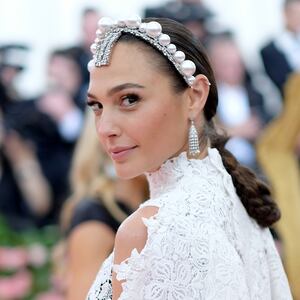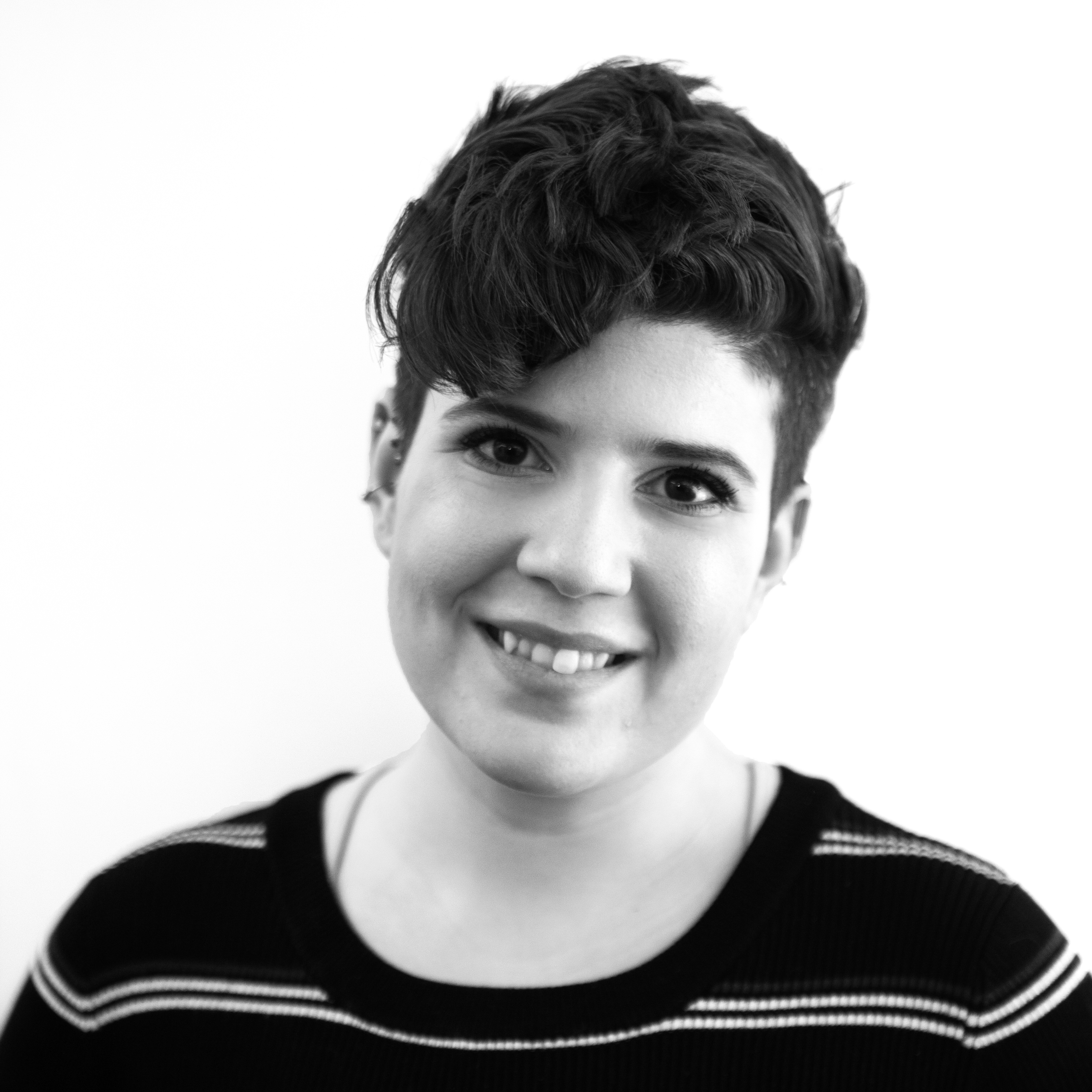It’s never a good sign when the subtext of a series somehow rings clearer than the story itself—but given that the central characters of HBO’s The Nevers come with names like “Miss True,” “Penance,” and “Maladie,” perhaps it shouldn’t come as much of a surprise.
The Nevers starts from a relatively simple premise: A cluster of “touched” women in Victorian England acquired supernatural powers three years ago, and are now working to find their place in society. Some Londonites are fascinated by the Touched; some immediately look for ways to turn a profit off of them; and others, primarily the white men in charge, view the entire ordeal as an attack on their authority.
The story of Amalia True and her orphanage for magical misfits resurfaces all of the themes, archetypes and tropes The Nevers’ original creator, Joss Whedon, has mined for decades in shows like Buffy the Vampire Slayer, Firefly, and Dollhouse. Like Buffy Summers, whose coming-of-age story Whedon staged as a literal fight against demons, the Touched must fight (both literally and figuratively) for their place in a society that, in many ways, hinges on their marginalization. In an early scene, the aristocrat Lord Massen plainly states the threat he sees in these women: “The heart of our empire,” he frets, could be “brought to a shuddering halt by the caprice and ambitions of those for whom ambition was never meant.”
It’s impossible to watch or discuss The Nevers without mentioning the smudge its creator has left in his wake. Whedon directed three introductory episodes of The Nevers and wrote the pilot, but exited last year after Justice League actor Ray Fisher alleged that he was an abusive tyrant on set. (A representative for Whedon did not respond to The Daily Beast’s request for comment at the time.)
On paper, the fact that Whedon produced six of The Nevers’ 12 premiere episodes seems like a surmountable, if troublesome hurdle for his replacement, showrunner Philippa Goslett. But this series is so steeped in Whedon’s ethos, both philosophically and aesthetically, that separating the art from the artist becomes difficult. It doesn’t help that The Nevers echoes the very works that earned Whedon a decades-long reputation as one of Hollywood’s foremost male feminists—a public image that’s been subject to re-evaluation thanks not only to Fisher, but to a growing number of women who’ve come forward to dispute it.
The trouble started in 2017, when Whedon’s ex-wife Kai Cole published an op-ed in The Wrap calling him a “hypocrite preaching feminist ideals.” Cole alleged that Whedon had hidden multiple affairs from her, including some with colleagues and fans. (A rep for Whedon responded with a statement claiming the account contained “inaccuracies and misrepresentations,” but did not elaborate further “out of concern for his children and out of respect for his ex-wife.”)
Even more damning have been the accounts from Buffy actresses Charisma Carpenter and Michelle Trachtenberg. In February, Carpenter—whose run on spin-off Angel came to an abrupt halt—came forward with her own allegations of bullying, in which she claimed that Whedon emotionally terrorized her and called her fat when she was pregnant. Michelle Trachtenberg, meanwhile, claimed on Instagram that while she played Buffy’s younger sister Dawn, the production at some point made a rule that Whedon was not allowed to be alone with her “again.” Trachtenberg, who was just 14 when she joined the cast of Buffy, accused him of “very bad” behavior but did not get specific. Sources also recently told The Hollywood Reporter that Whedon threatened Gal Gadot’s career when she raised concerns about character consistency during Justice League reshoots. Whedon has yet to comment on the allegations.
All of this makes The Nevers’ Whedonesque focus on female empowerment a little noxious. It will be fascinating to see whether Goslett and her team will be able to right the show’s ship in later episodes. (Only the first four have been made available to critics.) But even if The Nevers becomes a technically better show, it will be hard to fully scrub off the fingerprints its creator left behind, and the vexing artistic legacy they now represent.
From these introductory episodes, however, there is a lot of work to be done either way. Beyond trite monologues about oppression and belonging, it remains unclear how each of the Touched relate to their powers, or their place in the world more broadly. In addition to Whedon’s usual fascinations, The Nevers occasionally touches on traditional themes of Victorian and science fiction—the quandary of nature versus science, the juxtaposition of great poetry and the grime of industrialization, society’s increased fascination with (and fetishization of) all things lurid or strange—but never explores any of them with any real depth. (For a more coherent, insightful meditation on these and many other ideas The Nevers seems to be grasping at, I’d actually recommend the Victorian-set Showtime series Penny Dreadful.)
Instead, The Nevers heaps layer upon layer of unnecessary plot atop its tidy premise. A tangled web of ever-shifting allegiances between a troubled investigator, a brothel owner, an evil doctor played by Denis O’Hare, a “Beggar King,” and far too many others does not create intrigue; it’s just a slog to follow. To make matters worse, the proceedings often unfold first as inscrutable dialogue, which only makes sense after the next scene inevitably explains everything through tedious exposition.
But perhaps the most troublesome aspect of this series is its confused tone. From scene to scene, it’s hard to tell whether we’re watching a plucky sci-fi lark about a League of Extraordinary Gentlewomen or a grave allegory for oppression. In one scene, a girl whose only “power” is that she’s a giant attends a gala where various aristocrats pose for photos with her like a novelty item. The visual of the sweet, gentle girl shrinking under others’ scrutiny is clearly meant to strike an emotional chord, but the visual effect is so preposterously executed that it’s hard, instead, not to laugh.
The Nevers’ dizzying character roster does its performers a disservice as well. Laura Donnelly imbues Miss True with as much complexity as she can, undercutting her heroine’s iron stare with hints of vulnerability throughout. But like everyone else around her, this soldier’s characterization is a shallow sketch at best, overly reliant on a strong performer to fill in blanks that should have been on the page. As True’s friend and confidante, the more pacifistic inventor Penance Adair, Ann Skelly develops strong chemistry with Donnelly and establishes herself as a plucky counterpoint to the former’s dour severity—but Penance, too, remains superficially rendered at best.
Amy Manson’s Maladie fares worst of all. A Touched woman who faced horrific abuse in a mental institution thanks, at least in part it seems, to powers she doesn’t understand, Maladie is a serial killer leading her own band of criminals and mercenaries. Her goal, in as much as she has one, largely boils down to vengeance—but mostly she just shows up to look crusty and disturbed, threaten people, and, at one point, flash a boob. As much as The Nevers dedicates itself to exploring these women’s powers as a metaphor for their marginalization, it seems incapable of elaborating much further on that idea, especially where its main antagonist is concerned.
Given all the loud themes and the full deck of Whedon-esque calling cards, it’s mostly obvious what The Nevers’ creators hoped it would be—but it’s unclear whether it will ever develop the clarity to compellingly tell that story. Due to COVID-19, the show’s first season will debut in two batches, the first of which will begin airing weekly on Sunday. Perhaps Part Two, over which Goslett presided as show-runner, will fill in the blanks and offer a more coherent direction. For now, however, The Nevers a fanciful but hollow series—a diminished echo of its creator’s previous work that can’t quite find its own voice.
Correction: A previous version of this article misstated that The Nevers’ premiere season will include 10 episodes instead of 12.


